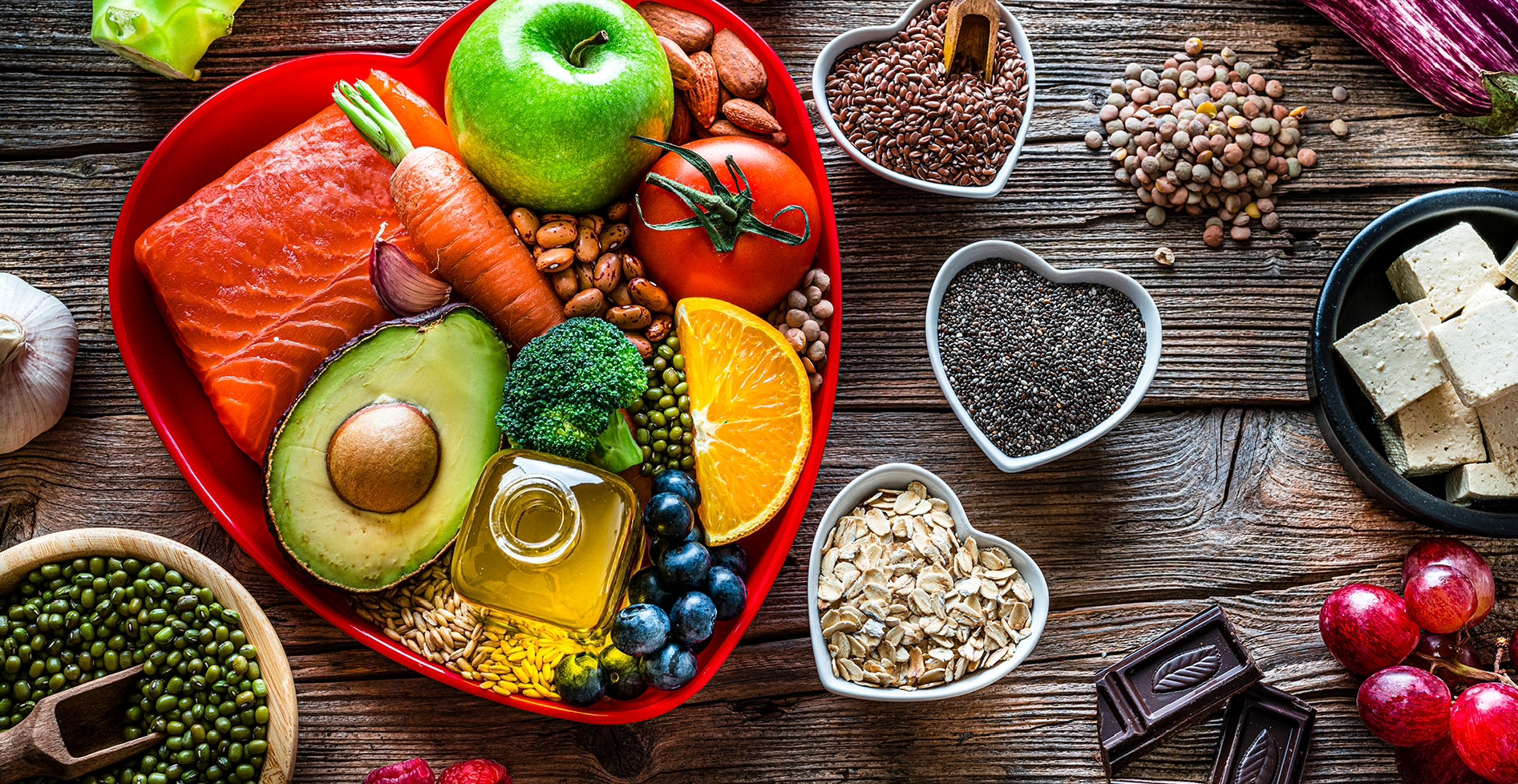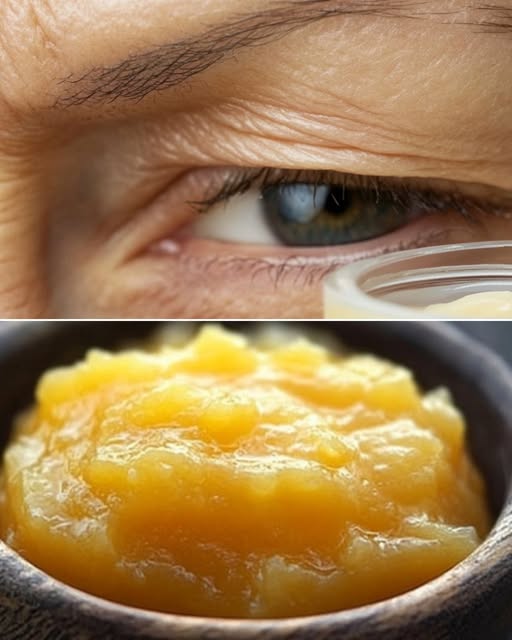Homemade Vitamin C Anti-Aging Face Mask: A Natural Skincare Remedy for Radiant Skin
Ingredients:
- 1 medium orange, freshly squeezed (3 tablespoons/45 ml of juice)
- 1 small ripe tomato, puréed (2 tablespoons/30 ml)
- ½ lemon, freshly squeezed (1 tablespoon/15 ml of juice)
- ½ ripe kiwi, mashed (2 tablespoons/30 g)
- 1 tablespoon raw honey (15 g/15 ml)
- 1 teaspoon plain yogurt (5 g/5 ml)
- ½ teaspoon vitamin E oil (2.5 ml) or contents of 2 vitamin E capsules
- 1 tablespoon fine oatmeal or rice flour for thickening (15 g)
- 3 drops of lavender or chamomile essential oil (optional, for sensitive skin)
Step-by-Step Instructions:
- Preparation Phase:
- Cleanse your face thoroughly with a gentle cleanser and pat dry. You can steam your face for 5 minutes to open pores or apply a warm, damp towel for 2-3 minutes for better absorption.
- Use fresh, ripe ingredients for maximum vitamin C content. Organic products are recommended to avoid chemicals on your skin.
- Squeeze the juice from the orange and lemon, straining them to remove seeds.
- Mixing Phase:
- In a small glass bowl, combine the orange juice and lemon juice. Stir with a wooden or plastic spoon.
- Purée the tomato in a blender and strain to remove seeds and skin. Add the tomato purée (2 tablespoons) to the juice mixture.
- Mash the kiwi with a fork and add it to the bowl.
- Stir in the honey, yogurt, and vitamin E oil. These ingredients provide hydration and antioxidants.
- Gradually add oatmeal or rice flour until the mixture reaches a paste-like consistency.
- Add essential oil if desired, and mix well.
- Application Phase:
- Using a clean makeup brush or fingers, apply the mask evenly to your face, avoiding the eye and lip areas. Apply gently in upward motions.
- Leave the mask on for 15-20 minutes. You may experience mild tingling due to the fruit acids. If it’s too intense or uncomfortable, remove the mask immediately.
- Rinse with lukewarm water using gentle circular motions to exfoliate with the oatmeal particles.
- Pat dry with a clean towel and follow with your favorite moisturizer.
- Post-Application Care:
- Always apply sunscreen if going outside, as AHAs increase sun sensitivity.
- Store leftovers in an airtight container in the fridge for up to 24 hours, though fresh application is ideal for maximum benefit.
Nutritional Benefits for Skin:
- Vitamin C: Supports collagen production and brightens skin.
- Lycopene from tomatoes: Helps protect the skin from UV damage.
- Enzymes from kiwi: Exfoliates dead skin cells naturally.
- Citric acid: Acts as a natural AHA, refining pores.
- Honey: Provides antibacterial benefits and retains moisture.
- Yogurt: Contains probiotics and lactic acid for gentle exfoliation.
Timing Guidelines:
- Preparation Time: 10-15 minutes
- Application Time: 15-20 minutes
- Total Time: 30-35 minutes
- Recommended Frequency: 1-2 times per week for normal skin, once a week for sensitive skin.
- Best Time to Apply: Evening (to avoid sun exposure right after exfoliation).
Cooking Tips & Tricks:
- Always use glass or plastic utensils as metal can oxidize vitamin C.
- Cold ingredients can shock the skin, so use room temperature ingredients.
- For extra freshness, refrigerate the mask for 5-10 minutes before application.
- Perform a patch test before applying to your face to check for adverse reactions, especially if you have sensitive skin.
Variations and Substitutions:
- For Sensitive Skin: Reduce lemon juice to ½ teaspoon and replace tomato with cucumber purée.
- Oily Skin: Add 1 tsp green tea powder (matcha) and increase yogurt to 1 tablespoon.
- Dry Skin: Replace rice flour with 1 tsp avocado oil and add ½ mashed banana.
- Mature Skin: Add ¼ tsp turmeric powder and 5 drops of rosehip oil.
Ingredient Substitutions:
- Orange: Use pineapple for stronger exfoliation or strawberries for gentle vitamin C delivery.
- Tomato: Substitute with papaya for lycopene and enzymes.
- Lemon: Grapefruit juice can replace lemon for a less intense acid effect.
- Kiwi: Use mango or papaya for similar enzymatic benefits.
- Honey: Maple syrup or agave nectar can be used for vegans.
- Yogurt: Try coconut yogurt for a dairy-free alternative.
Q&A:
Q: Can I use this mask if I have sensitive skin?
A: Yes, but reduce the lemon juice to ½ teaspoon and substitute cucumber for the tomato to avoid irritation.
Q: How often should I use this mask?
A: For normal skin, 1-2 times per week works well. For sensitive skin, once a week is ideal.
Q: Can I store the mask?
A: Yes, store leftovers in the fridge for up to 24 hours, but fresh masks are always most effective.
Q: Can I use this mask during the day?
A: It’s best to apply the mask in the evening as freshly exfoliated skin can be more sensitive to sun exposure.
Enjoy this rejuvenating, natural Vitamin C anti-aging face mask for glowing, youthful skin! 🌟

